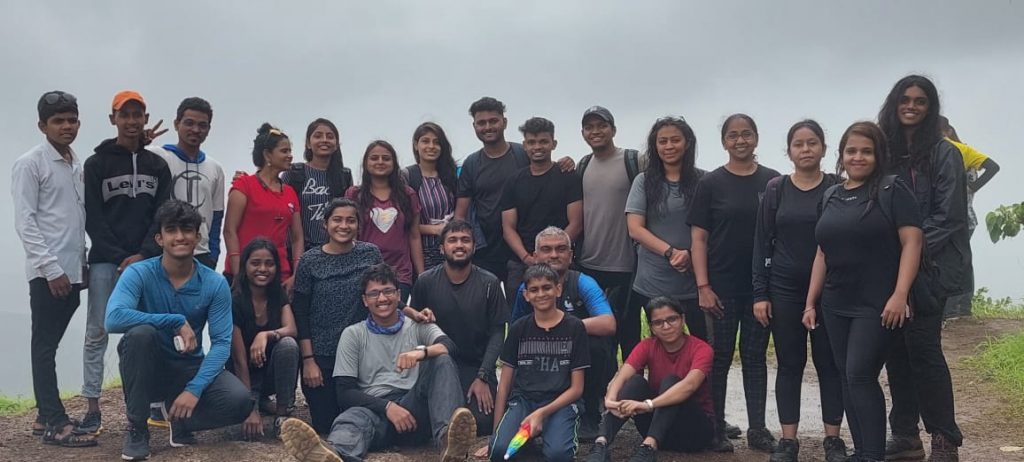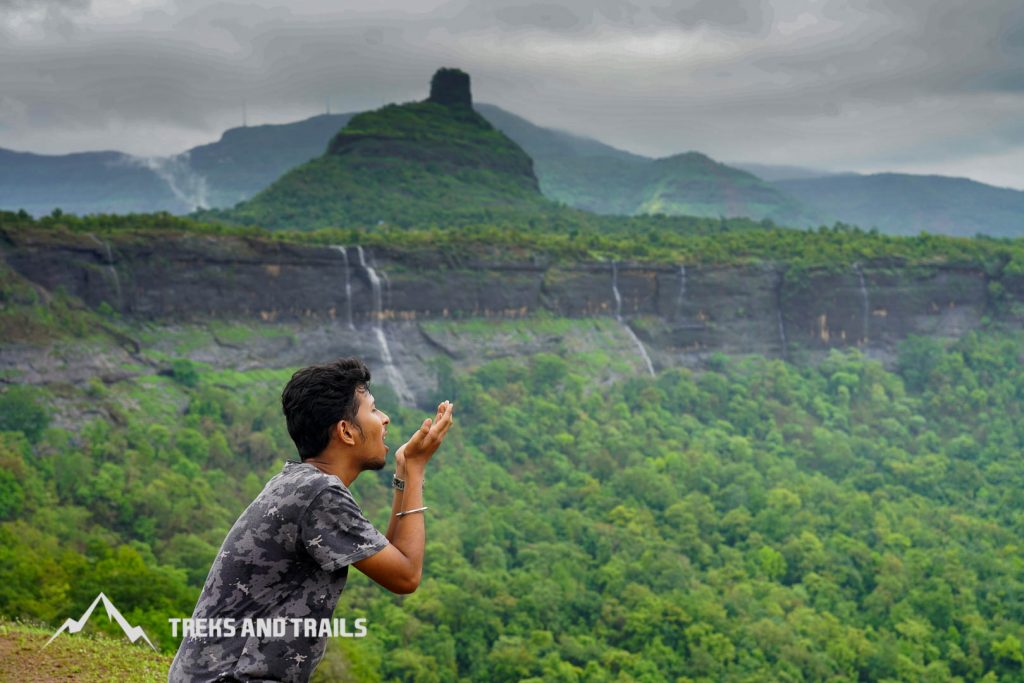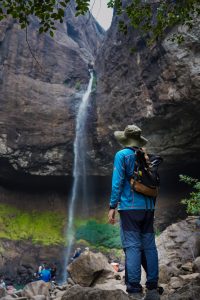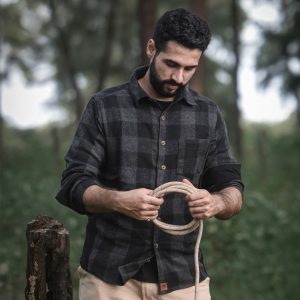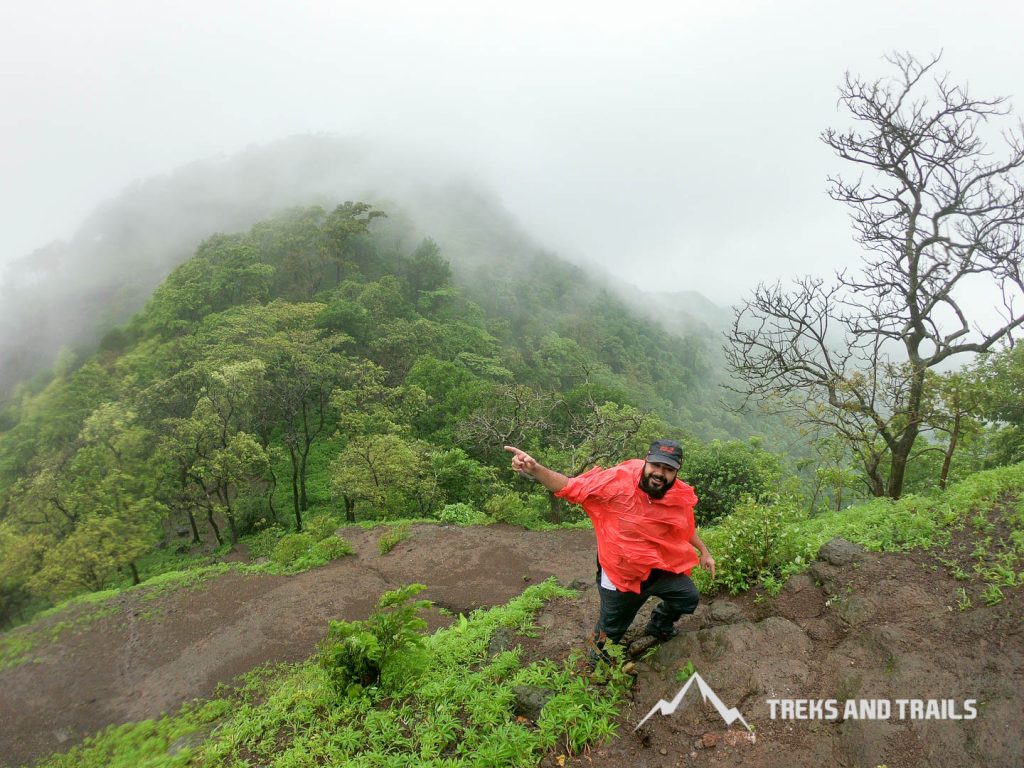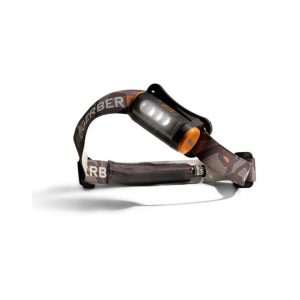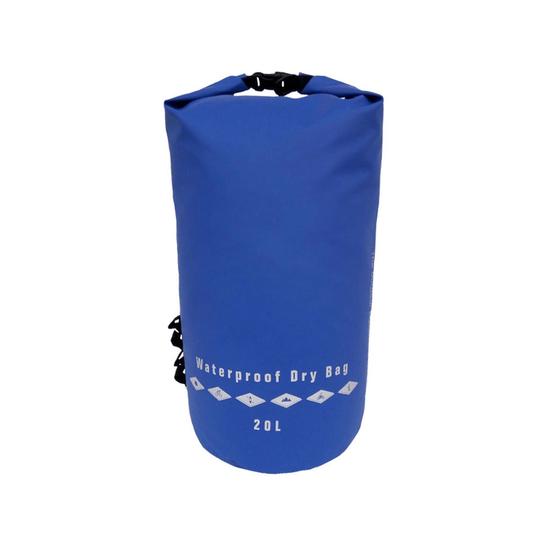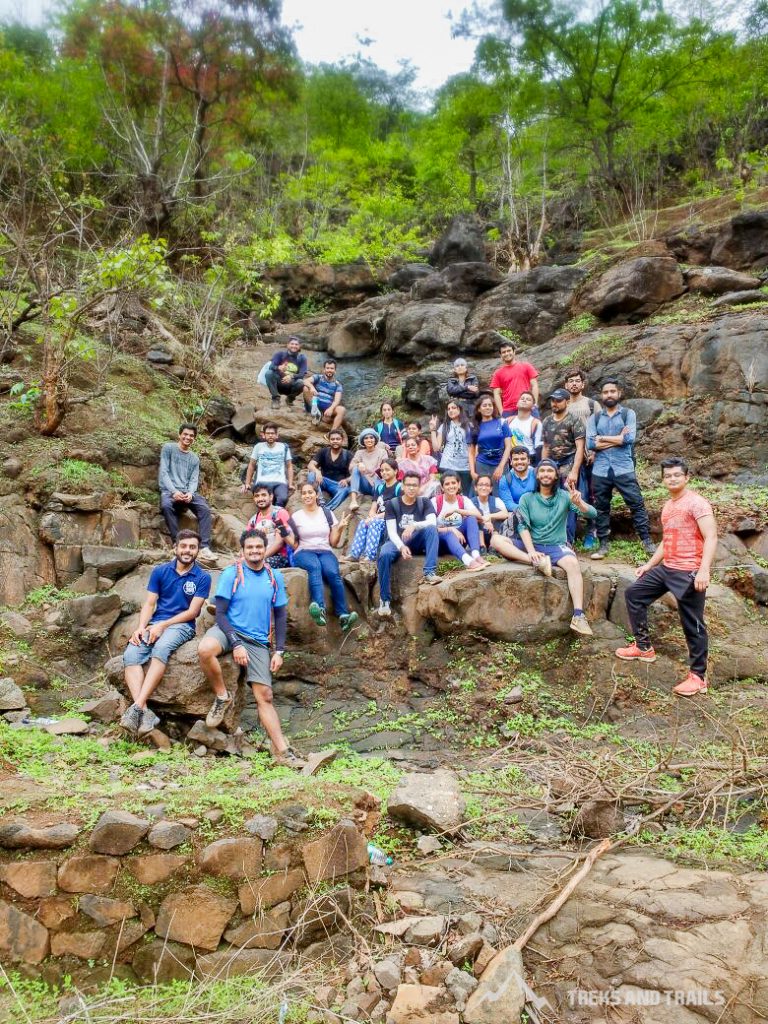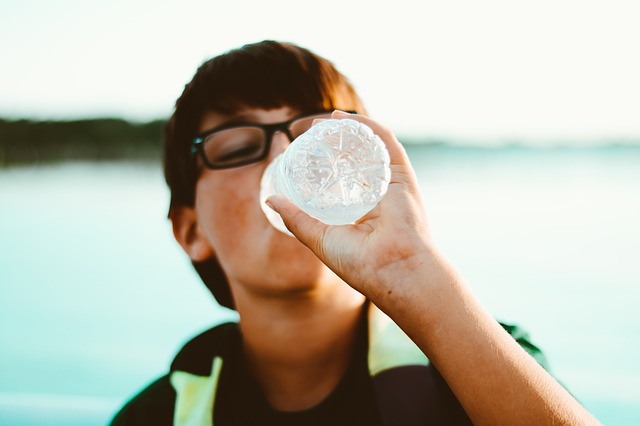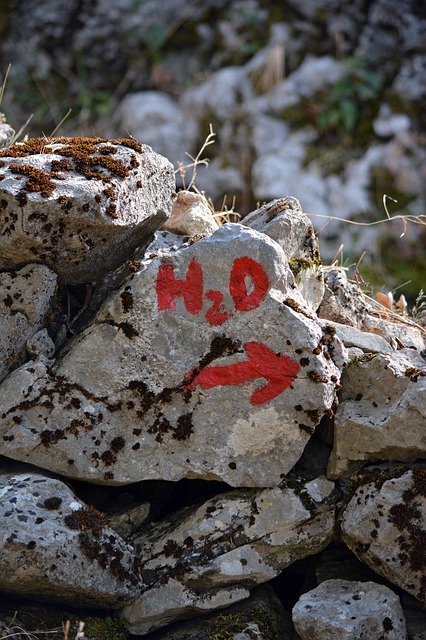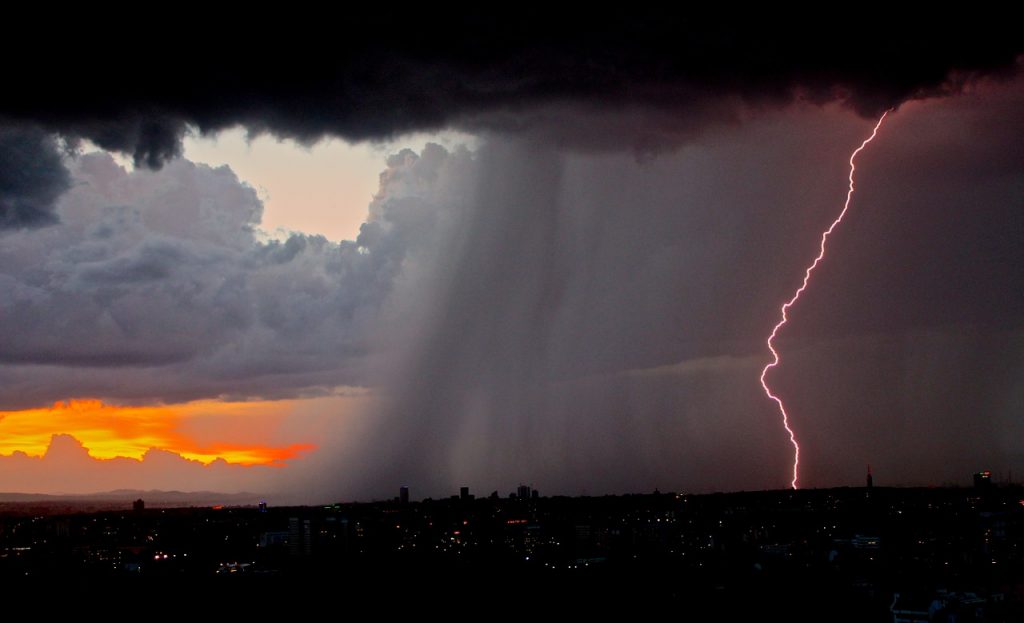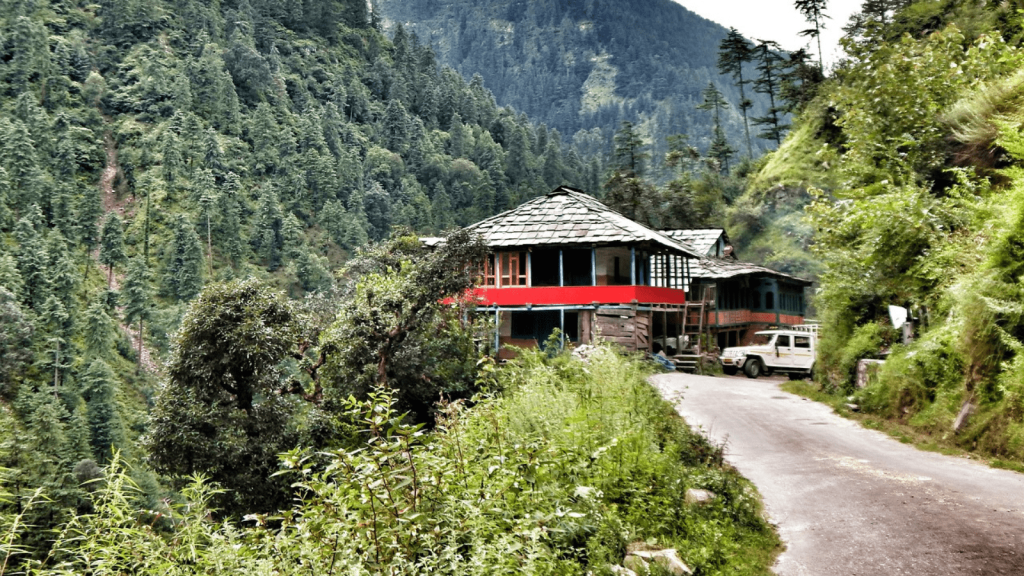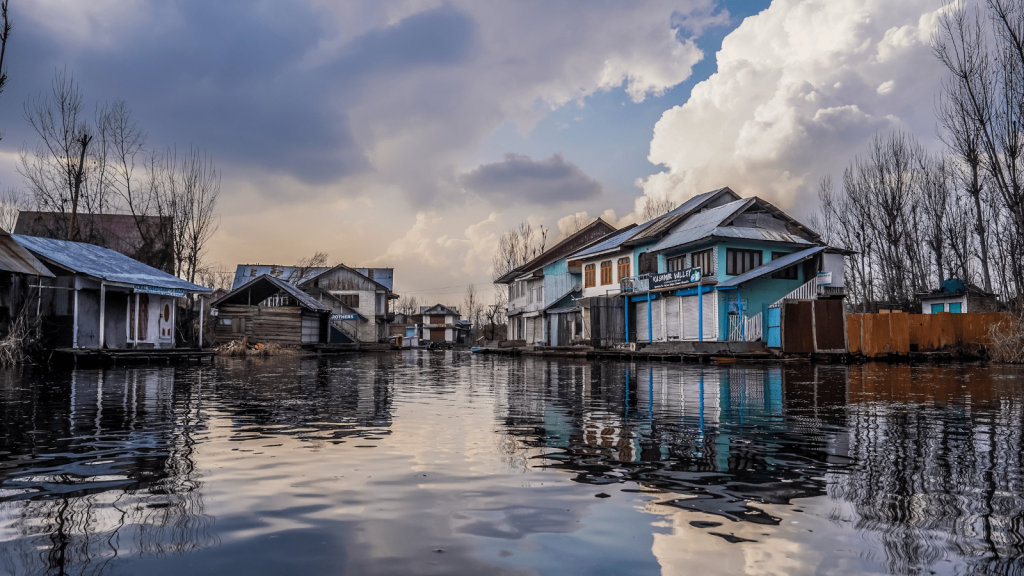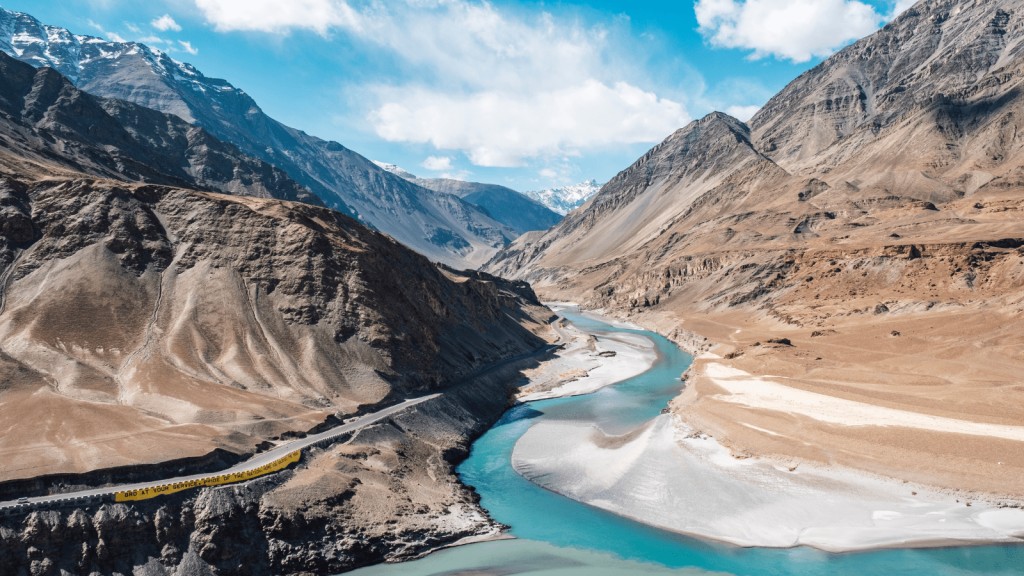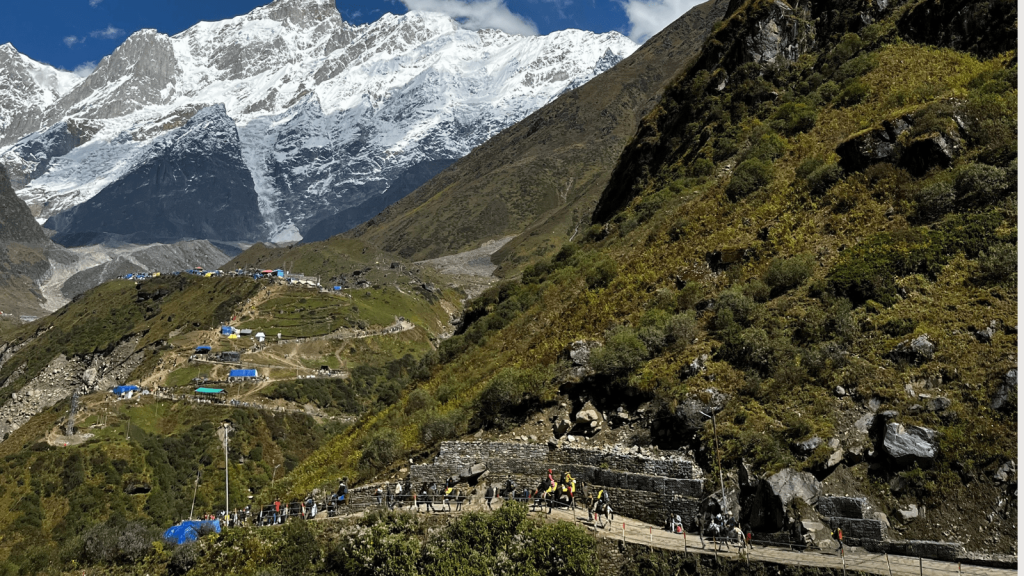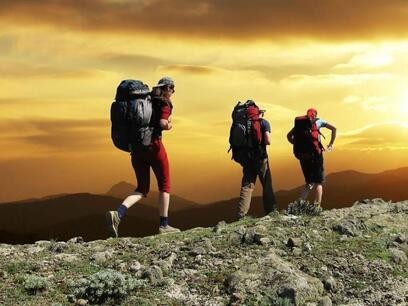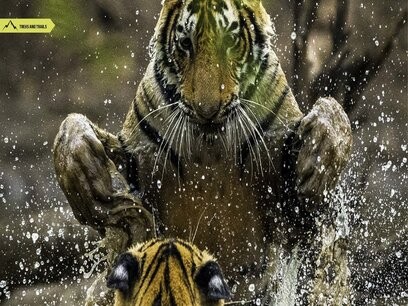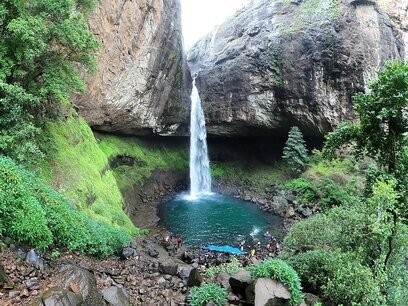Monsoon Trekking season is back
Monsoon Trekking season is back! It is one of the best times to be in the Sahyadris. But how do you prepare for monsoon trekking? Avoid these ten monsoon trekking mistakes, and you'll have a safe and enjoyable trip.
The monsoons treks have started, and we're about to get drenched in a downpour of rain. But before the rains come, it's essential to learn how not to look like an utter fool while trekking during the monsoon season. Here are ten mistakes you should avoid so that when you do make your way up the mountain, you'll be slick as a whistle.
1) Not wearing waterproof shoes
We all know that trekking is not to be taken lightly; it's essential to have the right equipment with you to avoid injury. That includes shoes! Trekking shoes are perfect for any terrain and will provide grip, water resistance, ankle support and avoid slipping. Trekking shoes are built to protect your toes from rocks. Get your feet ready before embarking on an adventure by finding a great pair of trekking shoes today!
Hiking shoes
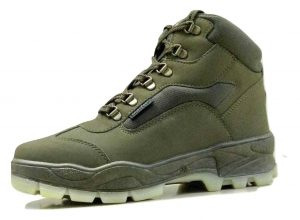
Biggest Monsoon Trekking Mistakes not investing in shoes
Trekking shoes are essential for any outdoor enthusiast. Whether you're traversing a wet, slippery terrain or want to avoid twisted knees when hiking up a mountain, they provide grip, water-resistance and ankle support. It's also essential to choose the correct shoe size to slip on your heel or cut off circulation in your toes. The best way to find the perfect trekking shoe is by reading Trekking Shoe Reviews from experienced outdoors people who have spent their time finding the most reliable brands available.
2) Wearing clothes that will get wet or clingy when wet (i.e., cotton, silk, etc.)
It's a common misconception that clothes always need to be made of cotton. They could also be made from polyester, nylon, or any other synthetic material. Most outdoor apparel is made of synthetic fabric because they are lightweight and breathable, making them perfect for when the weather is wet and humid. New quick-dry material doesnt absorb water, so it dries quickly, stays breathable, making it more comfortable than cotton and silk when wet; plus, its blend of fibres make it non-clingy!
Make sure what you're wearing underneath is breathable and quick-drying. Undergarments made out of synthetic materials like nylon are perfect for this situation as they dry super quickly compared to cotton pants.
3) Not bringing enough dry clothes on Monsoon Trekking
It's always a disappointment when you get back from the trek and realize that you forgot to pack enough dry clothes. I'm sure it would be an even bigger disappointment if you were wearing wet clothes on your way back home. Make sure to bring extra, just in case!
You can now bring an extra set of clothes with you on the trek. This way, if something happens like getting rained on or getting wet from going through a stream, then you will have the clothing needed to keep yourself warm and comfortable.
4) Forgetting your rain gear
You might have a rain jacket and pants in your pack, but if you don't bring them with you on a monsoon trek, you're going to be sorry. You will learn this the hard way when hiking in monsoon season without taking rain gear. The monsoon trekking will turn into an exercise in misery due to the torrential downpour that never stops.
It's not just about keeping dry - it's also about staying warm! Have fun while trekking through a monsoon remembering these tips: Bring your rain gear with you at all times or suffer from the consequences of forgetting it!
5) Trying to save weight by not carrying items such as a headlamp
You might think you can make it through a monsoon trekking without carrying a headlamp. Unfortunately, you're mistaken, and we will tell you why. It doesn't take long to get lost in the dark and find yourself crawling back to your tent in the wee hours of the morning with wet clothes on because the rain started up again.
Monsoon Trekking Mistakes always carry torch
Headlamps are inexpensive, lightweight, waterproof devices that are worth packing for any outdoor trip so that you don't have to rely on someone else's battery-powered light or wait until sunrise before continuing your journey.
6) Not bringing a dry bag
It's not an exaggeration to say that Dry bag is the most important thing you can bring on a Monsoon trek. It keeps your gadgets, clothes and dry foods safe from getting wet or ruined. Also, get yourself a mobile phone cover; it helps keep the moisture in the air out of the phone.
You're not going to believe this, but I forgot my dry bag for my clothes." "I can't believe it! I'm wearing all these clothes, and they're just soaked from the rain!" "What am I going to do?" "I don't want to get sick with some weird tropical disease because of my wet clothes." These are things you might say if you forgot your dry bag. And sadly, a lot of people have said them before. Your next adventure must be as safe as possible, so we recommend always bringing a dry bag when you head out on an adventure. After all, what's the point in taking risks when there is no need?
7) Avoid choosing popular treks on the weekend
So you're looking to monsoon trekking the Kalavantin durg trek this weekend? Great! But wait, on Sunday? I wouldn't recommend it. It's just not fun to be one of too many people in a small space. If you want to enjoy yourself on your trek, choose a less popular day or trail. This blog has some great tips for avoiding hiking trails that are crowded on the weekend.
Avoiding a long, crowded trek is simple. Choose to go on less popular days and weekdays. This also allows you to explore more of the area since it's likely that there are fewer people.
8 ) Stay Hydrated on your monsoon trek
You may be out of breath, but don't forget to hydrate. Monsoon trekking is a great way to see the untouched beauty of our Maharashtra. But, it's also a grand opportunity for dehydration and illness. This monsoon season, make sure you bring your water bottle with you on all your hikes!
9 ) Ignoring trail markers
It's not just the heat that can have you feeling dehydrated on a trek. It is essential to stay hydrated on monsoon treks as well. The rains cause an increase in humidity, and rain may even make it difficult for your body to cool down naturally. This means you need to keep your water consumption up and be sure that you are drinking more electrolyte-rich fluids than usual to don't become too depleted of sodium and other minerals during the hike. You should aim for about three litres of fluid per day, with at least one litre being a mixture with electrolytes like coconut water or glucose powder mixed in. Your best bet is always going to be bringing enough supplies. Stay Hydrated on your monsoon trek!
We are sure that it's not wise to ignore trail markers when monsoon trekking, but we all have done it - and you know what? If you don't follow the trekking trail marker, there is an increased risk of getting lost in a jungle-like environment with no idea which path is right or wrong.
So please keep your eyes peeled for these indicators and take note of them on your next hike!
10 ) Ignoring the weather forecast before your monsoon trek
It's the monsoon season, and you're itching to go trekking. You've packed your water bottle, raincoat, and of course a camera! But what about the weather forecast? It might seem like there are clear skies but remember that most of Maharashtra get its annual rainfall in the monsoon. Ignoring the weather forecast before heading out for trekking can lead to disaster. There are many instances where people have lost their lives due to sudden weather conditions during this time. So please always watch the weather forecast before heading out for any trekking or hiking adventures!
We've compiled a list of the top ten mistakes people make when trekking in monsoon seasons. If you're planning on embarking on this adventure, be sure to avoid these common pitfalls and enjoy your time outdoors!

